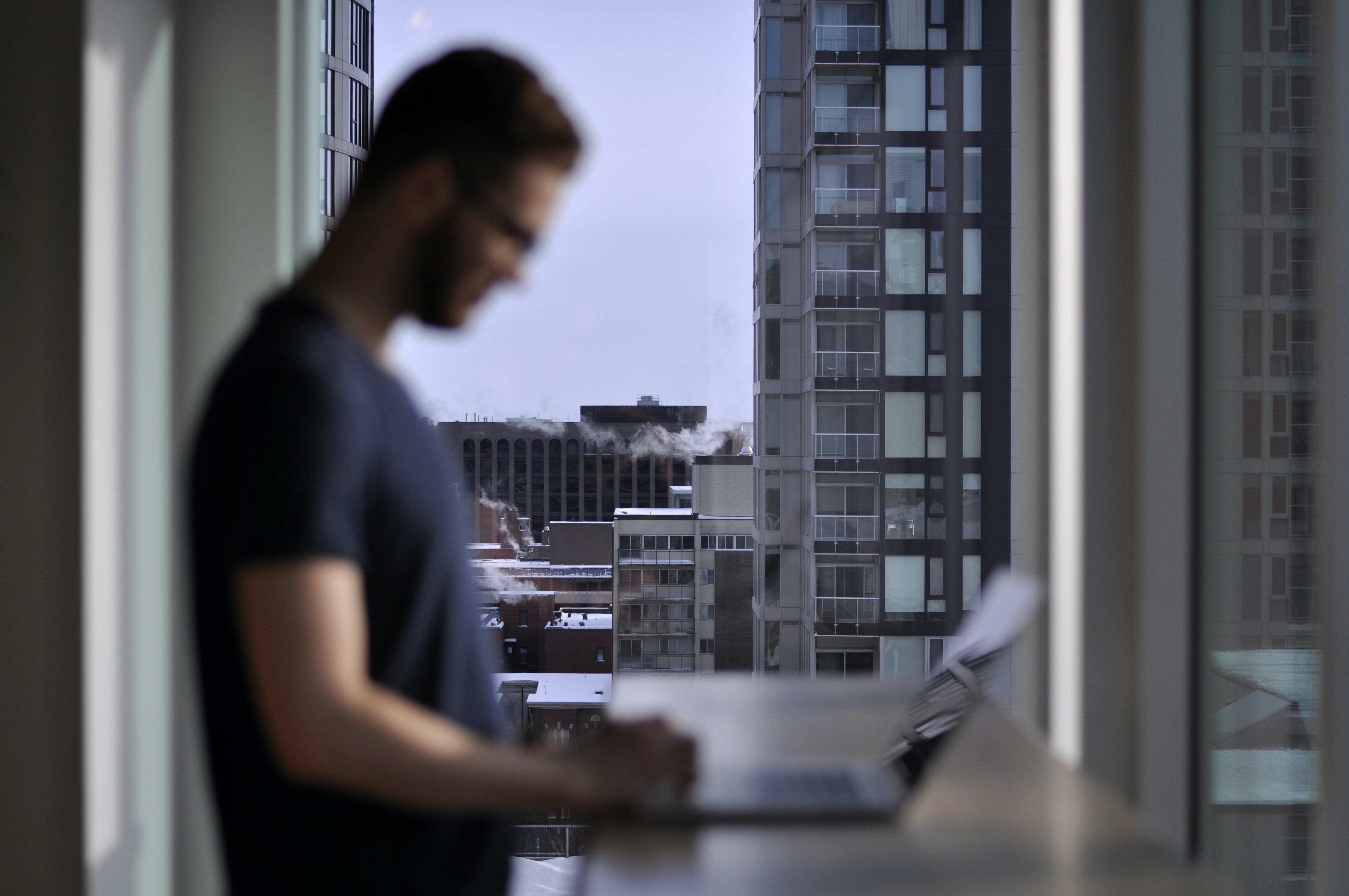Speed Up Your Sales: Mastering Image Optimization for Shopify Stores

The Impact of Image Optimization Techniques on Shopify Store Loading Times
Picture this: you’re browsing an online store, excited to find the perfect pair of shoes. You click on the product, and then you wait. And wait. And wait. How long does it take for those beautiful images to load? If your store is like most, the answer is too long. In the world of e-commerce, loading times are like that friend who can’t find their keys when you’re already late — they can really hold you back!
Why Loading Times Matter
Let’s talk facts: studies show that a one-second delay in page load time can lead to a 7% reduction in conversions. That’s a significant amount of lost revenue, especially during peak shopping seasons. Imagine if you could have those extra sales just by optimizing some images. Sounds easy, right? Spoiler alert: it is!
What is Image Optimization?
Image optimization is the process of delivering high-quality images in the smallest file size possible. It’s like putting your favorite cake in Tupperware — it keeps it fresh without taking up too much space. This means faster loading times, improved user experience, and better SEO rankings.
Common Image Optimization Techniques
Now that we understand why image optimization is crucial, let’s dive into some techniques that can help you get your store loading faster than a cheetah in a hurry.
- Choose the Right File Format: Use JPEG for photographs, PNG for graphics with fewer than 16 colors, and SVG for logos and icons. It’s like choosing the right outfit for a first date — you want to make a good impression!
- Resize Images: Before uploading, make sure to resize images to the dimensions they’ll be displayed at. Uploading a 4000x3000 pixel image for a thumbnail is like showing up to a picnic with a three-course meal — overkill!
- Compress Images: Use tools like TinyPNG or ImageOptim to reduce file sizes without sacrificing quality. It’s like hitting the gym for your images — they’ll look better and feel lighter!
- Use Lazy Loading: This technique loads images only when they enter the viewport. It’s like waiting for the pizza delivery guy to arrive before you dig into your couch — no need to load everything at once!
- Leverage Browser Caching: Set your server to cache images, so returning visitors don’t have to reload them every time. Think of it as storing your favorite snacks in your desk drawer for quick access!
The Impact on Loading Times
So, what happens when you implement these image optimization techniques? You guessed it — your loading times improve significantly! A well-optimized image can reduce load times by several seconds. That’s the difference between making a sale and losing a potential customer to a competitor’s lightning-fast site.
Let’s break it down further:
- Faster Loading = Happier Customers: Nobody likes waiting for images to load. The quicker your site loads, the more likely customers are to stay and shop. It’s like being at a buffet — the faster the food is served, the more you eat!
- Improved SEO Rankings: Google loves fast-loading websites. Optimizing your images can improve your rankings, which means more organic traffic. It’s the ultimate win-win!
- Reduced Bounce Rates: A slow-loading site increases bounce rates. By optimizing images, you can keep visitors engaged and browsing your store instead of bouncing away like a rubber ball.
How to Optimize Images on Your Shopify Store
Getting started with image optimization on your Shopify store is easier than you might think. Here’s a step-by-step guide:
- Audit Your Images: Take stock of all the images in your store. Identify which ones are oversized or in the wrong format. This is like doing a spring cleaning — it’s refreshing!
- Choose the Right Tools: Use image optimization apps available on Shopify. Tools like autoBlogger can automate the process, saving you time and effort. Think of it as having a personal assistant for your images!
- Implement Lazy Loading: Use a Shopify app or tweak your theme code to enable lazy loading. This will help improve load times dramatically. It’s like having a personal trainer who makes sure you don’t lift too much too soon.
- Test Your Site Speed: After optimization, use tools like Google PageSpeed Insights or GTmetrix to test your site’s speed. It’s like weighing yourself after a workout — you want to see those results!
Common Pitfalls to Avoid
While optimizing images can significantly improve your site’s performance, there are a few common pitfalls you should watch out for:
- Over-compression: Don’t sacrifice image quality for smaller file sizes. Striking a balance is key. You don’t want customers visiting your site and thinking they’re looking at pixelated potato images!
- Ignoring Alt Text: Always add descriptive alt text to your images. This not only helps with SEO but also improves accessibility for visually impaired users. It’s like giving your images a voice!
- Neglecting Mobile Optimization: Ensure that your images are optimized for mobile devices. A significant amount of online shopping is done on smartphones, and nobody wants to pinch and zoom just to see your products!
Final Thoughts
In conclusion, image optimization is not just a technical necessity; it’s a vital part of running a successful Shopify store. By implementing the right techniques, you can significantly improve loading times, enhance user experience, and ultimately boost your sales. Remember, every second counts in the world of e-commerce, and a fast-loading site can be the difference between a happy customer and a frustrated one.
So, roll up your sleeves and start optimizing those images! And if you want to save time while doing it, check out the autoBlogger app on Shopify — it’s like having a superhero for your store’s content!
autoBlogger: Your secret weapon for effortless content management!
Note, this article was written with AI assistance to improve readability and give you, the reader, a better experience! :)
